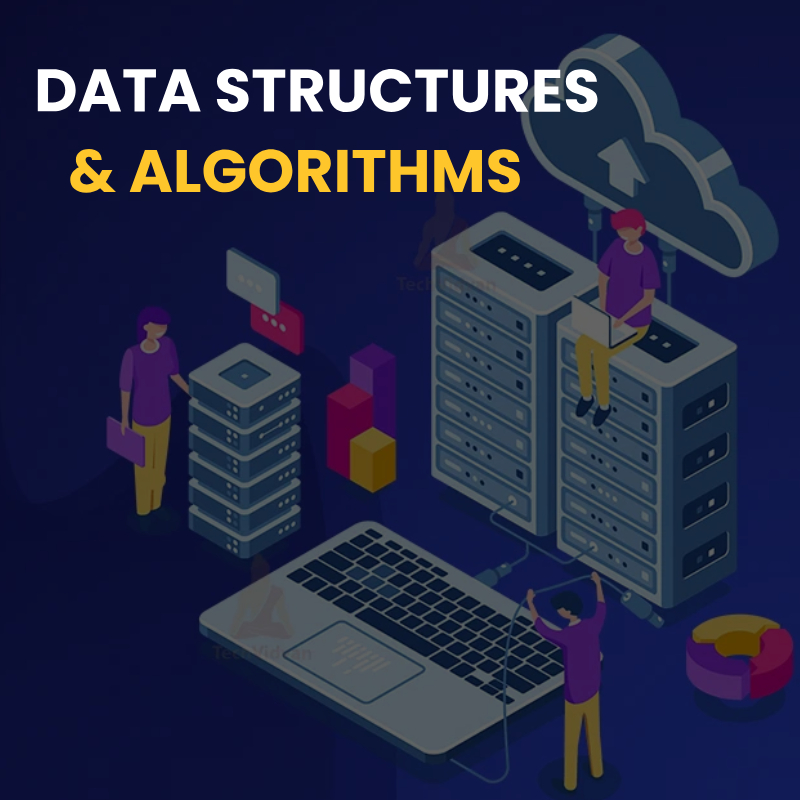Data Structures and Algorithms (DSA)
Home Data Structures and Algorithms (DSA)

Data Structures and Algorithms (DSA) form the backbone of computer science and software development. They are essential concepts that help in organizing, managing, and storing data efficiently so that it can be accessed and modified in the best possible way.Data Structures are systematic ways of organizing data to perform operations such as searching, sorting, and manipulation efficiently. Common data structures include arrays, linked lists, stacks, queues, trees, and graphs, each serving a unique purpose depending on the application.Algorithms are step-by-step procedures or formulas for solving problems. They define the logic and sequence of operations to achieve a specific outcome, such as sorting a list of numbers, finding the shortest path between two points, or searching for an element within a dataset.Understanding DSA is crucial for optimizing code, improving performance, and building scalable applications. Mastery of these concepts empowers developers to solve complex computational problems efficiently and is fundamental for acing technical interviews and building robust software solutions.
Syllabus for Data Structures and Algorithms
Fill the form to download brochure